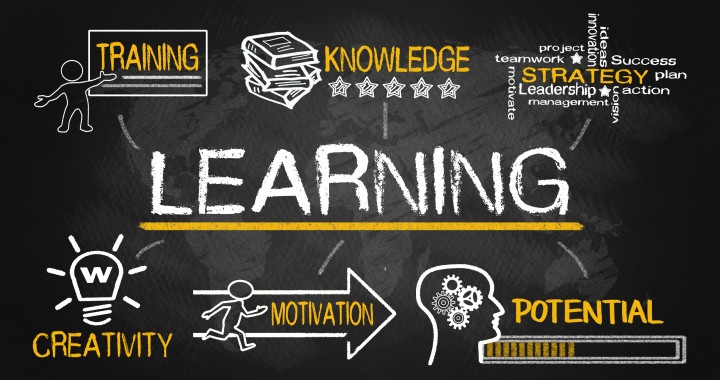For most of my career in Learning & Development or L&D, I’ve been a frustrated spectator at an individual contributor level. I would watch endless attempts to provide effective training which merely stopped at content delivery. Not matter how I tried to influence my previous leaders, we would encounter unsurpassable barriers ranging from lack of resources, lack of support and more importantly, lack of vision. Effective L&D supports a vision which extends its organizational capabilities and reach beyond training. This post presents the effective L&D vision as a three dimensional and interdependent model with key examples of how to implement it.
Dimension 1: Training
Most organizations do training and it’s often very mechanical. For example; Subject Matter Experts (SMEs) provide content, trainers put it together and write a small quiz. That’s it! We are done! Not really. The truth is most of what’s given as “training” is just information. Training should only be conducted if there’s a new skill, knowledge or behavior to be applied in practice. If training is to be provided; then, please ensure that it’s business-aligned. Training that’s well aligned to business needs has learning objectives that align to role-specific needs which directly impact the ability of a person to perform the job in question. You should track every single training activity through a Learning Management System (LMS) to quickly report on actionable training data.
Signs of Poor Training
- Every training is delivered by lecture or PowerPoint presentation. This is specifically a no-no if your trainer is talking 90% of the training time which completely tunes out the audience.
- Page turning elearning without interactions. This is the equivalent of reading a PowerPoint.
- Success is only measured by course completion and the results of a 10-question test. The most important evaluation piece of training is the application of knowledge and skills while performing the job. A test is only a measure instrument to gauge immediate retention.
- Area supervisors spent too much time coaching recently trained employees.

Dimension II: Performance Support
Performance Support (PS) is the dimension that separates great L&D organizations from the average ones. If training was a car running towards a precipice, then, performance support is the bridge and learning the destination. It’s very hard to have effective training without PS. To support performance, the organization needs to provide information resources and technologies that allow for collaboration of the collective knowledge. The collective knowledge is the aggregate of SME knowledge harnessed by documentation technology. For example, this could be as simple as a knowledge database system or a collection of SharePoint or Intranet sites. The main purpose is to centralize and log useful information that’s usually shared on individual informal interactions i.e. water cooler chats or incidental conversations.
Signs of Poor Performance Support
- Refresher training numbers are too high meaning performance is poor and business managers assume is a training issue.
- Managers only have a few rockstar performers and everyone else is average or worst.
- Time-to-proficiency or the time it takes an employee to perform is too long i.e. 9 months versus 3 months.
- The training evaluation program only addresses knowledge testing, there’s no comparison of Key Performance Indicators (KPI) to training results to business results i.e. increased sales or customer satisfaction.
Dimension III: Professional Development
Believe or not, professional development is the most personal and impacting dimension of L&D. Why? Well, training can always be perceived as “what the organization wants an employee to learn” and performance support as “what the employee needs to do”. However, professional development addresses the employee’s interest in growth. Of course, we can always debate that it also benefits the organization, but only when it’s strategically administered. By “strategically” I mean, encourage professional development that promotes internally. Otherwise, you would be investing in employees that can be poached by your competitors. Of course, organizational culture and the quality of leadership would make a difference but, if your competitors mirror these qualities; then, compensation would be a differentiator. An organizational commitment to professional development makes a clear statement of support towards employee growth.
Signs of Poor Professional Development
- Dead end jobs
- Professional complacency (disengaged “status quo” employees)
- High external turnover
- Lack of employee purpose and commitment
Conclusion
In summary, L&D is more than training delivery. Effective L&D supports a vision which extends its organizational capabilities and reach beyond training. This post proposes that effective L&D is supported by a three dimensional interdependent model encompassing training, performance support and professional development. Each of these dimensions must complement each other and deliver upon the strategic business needs of the organization. Finally, applying these three dimensional approach to L&D might yield not only better job performance but higher levels of employee engagement and retention.

